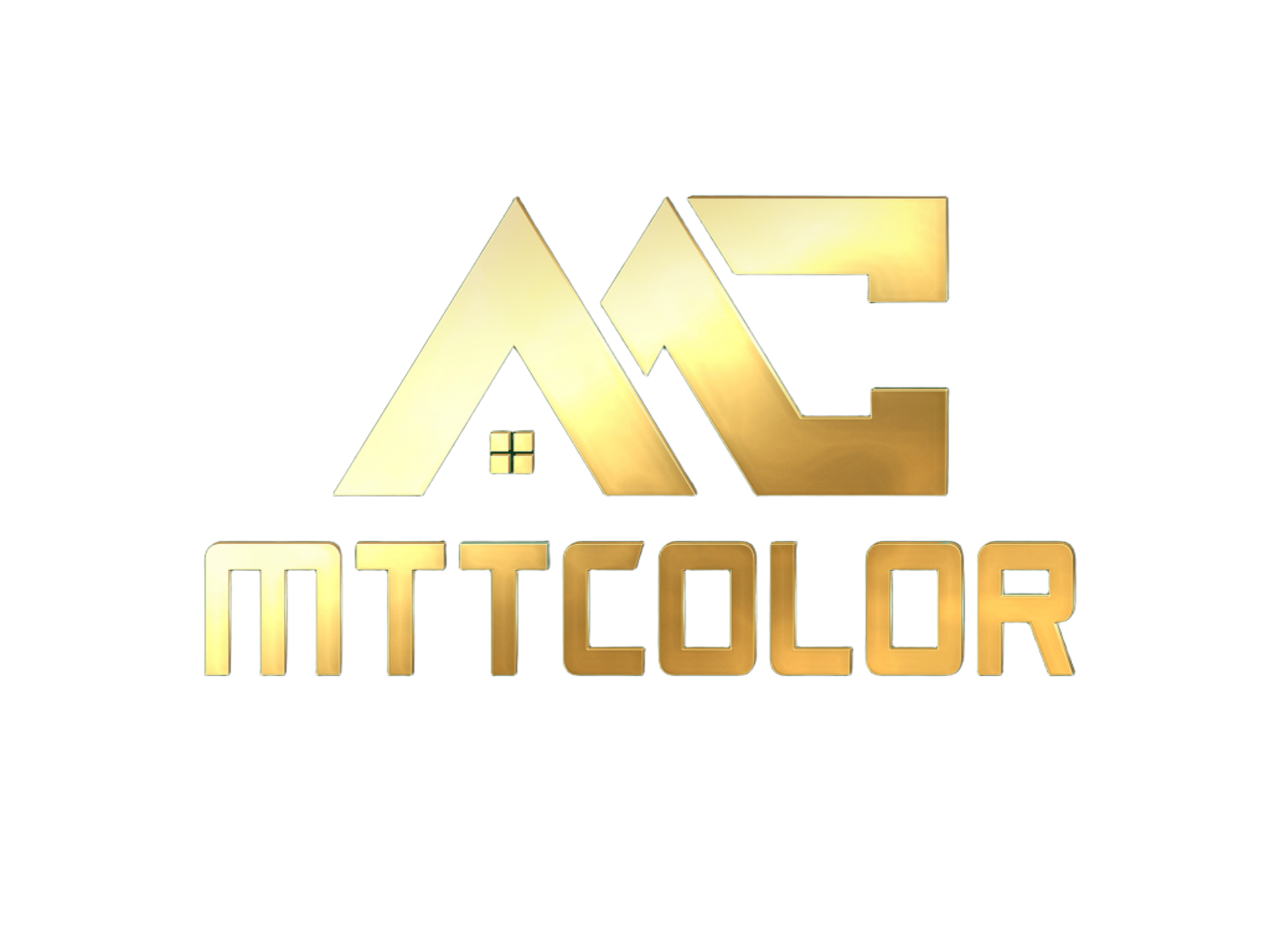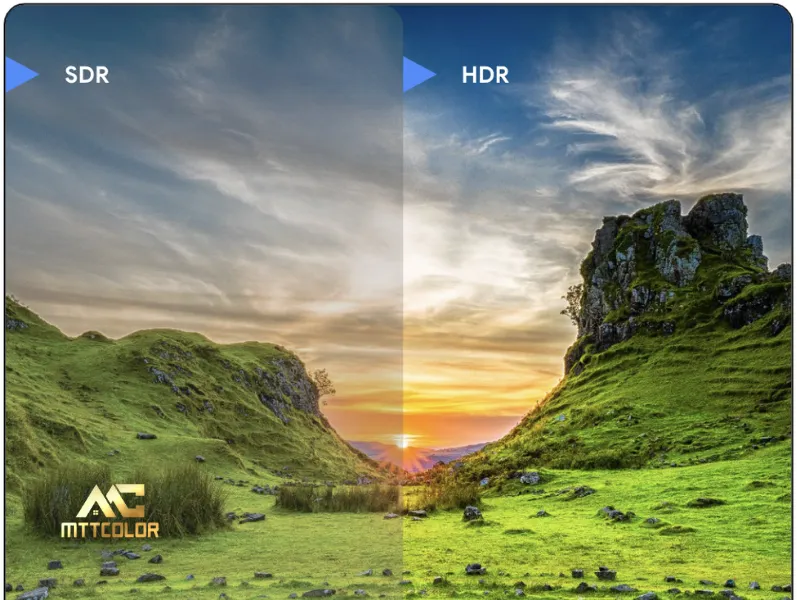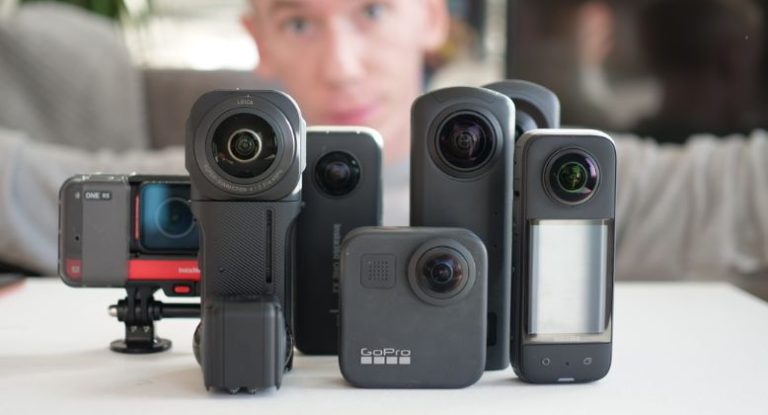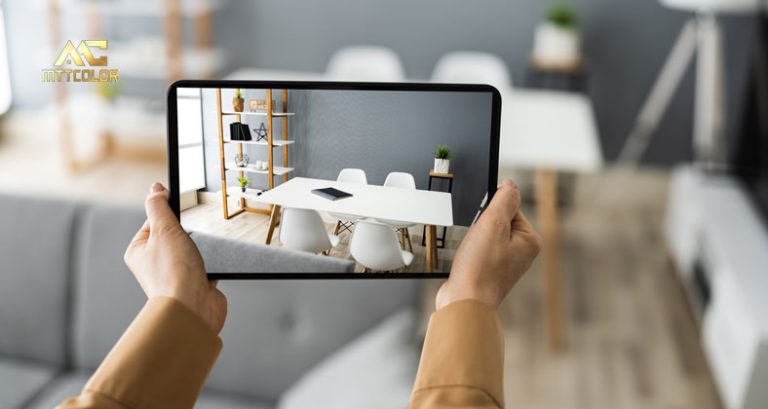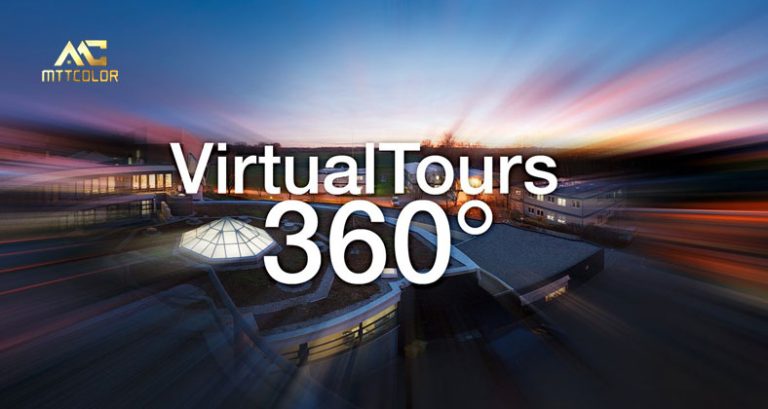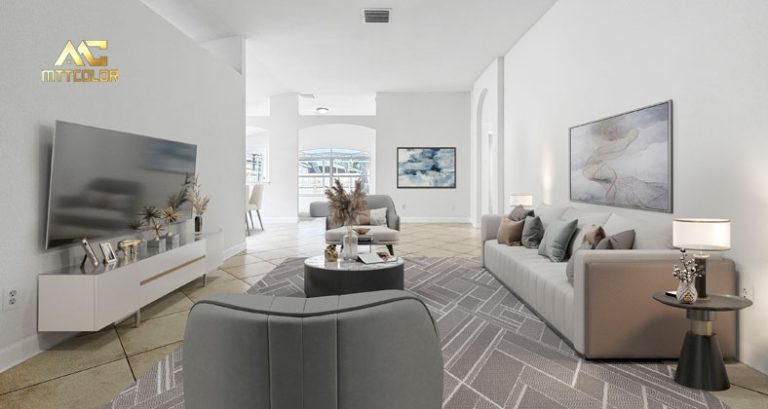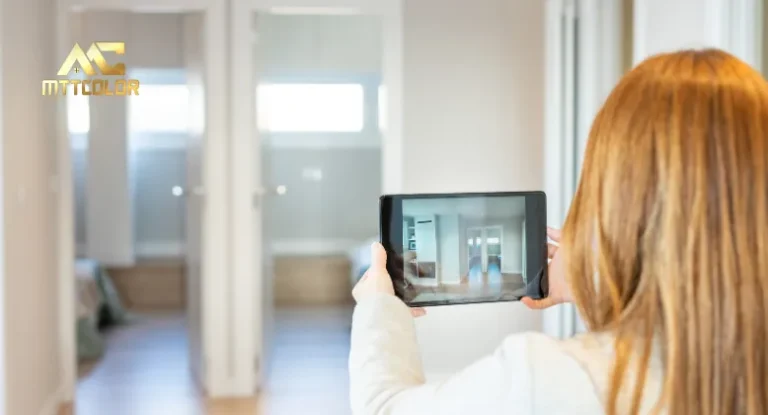Best 360 Cameras for Virtual Tours in 2025: Top Picks for Every Budget
Searching for the best 360 camera for virtual tours in 2025? With immersive experiences becoming essential in real estate, hospitality, and tourism, choosing the right camera is crucial for creating professional tours that engage your audience. This guide will help you navigate the options and find the perfect 360 camera for your specific needs and budget.
Why 360 Cameras Are Essential for Virtual Tours
Virtual tours have evolved from novelty to necessity, particularly in competitive industries like real estate. The advantages of using 360 cameras for these tours are significant and measurable.
360 cameras capture everything in a single shot, allowing viewers to look in any direction and explore spaces at their own pace. This interactivity increases engagement dramatically, with studies showing virtual tours keep visitors on websites up to 10 times longer than static images.
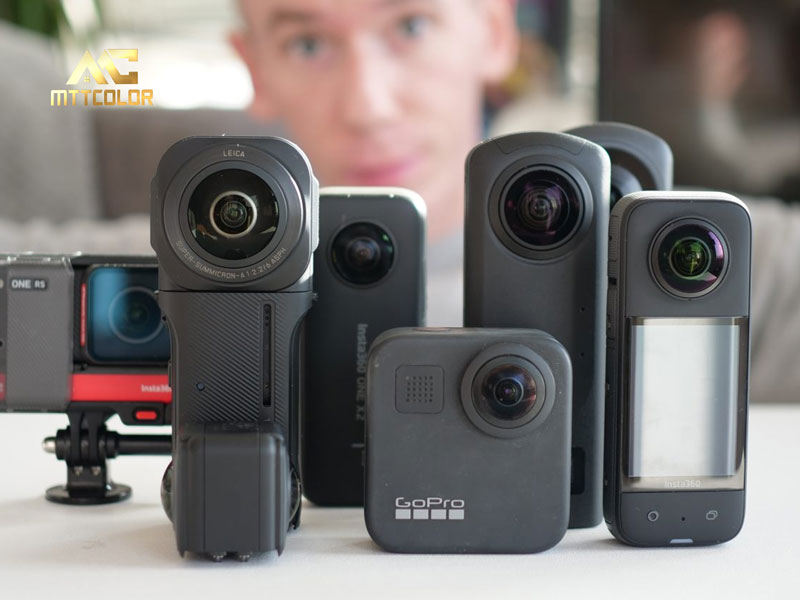
From a practical standpoint, these cameras offer remarkable efficiency. Rather than taking dozens of standard photos to document a space, a 360 camera can capture the same area in just a few strategic positions, saving time during both shooting and editing.
The versatility of 360 cameras makes them valuable across numerous industries — from real estate professionals showcasing properties to hotels highlighting accommodations, educational institutions offering campus tours, and retail businesses creating immersive shopping experiences.
Key Features to Consider When Choosing a 360 Camera
Resolution and Image Quality
Resolution is perhaps the most important specification when evaluating 360 cameras. Since the image covers a complete sphere, higher resolution is essential for maintaining clarity when viewers examine details.
For professional virtual tours in 2025, look for a minimum of 5.7K resolution, with 8K becoming standard in premium models. Also consider sensor quality, as larger sensors typically perform better in challenging lighting conditions like interiors with bright windows and shadowed areas.

Image Stitching Technology
All 360 cameras use multiple lenses and then “stitch” these images together into a seamless panorama. The quality of this stitching varies between models and significantly impacts your results.
Premium cameras utilize sophisticated algorithms that minimize visible seams and distortions. Pay particular attention to how well the camera handles objects close to the stitching lines, as this is where problems most commonly appear, especially in smaller interior spaces.
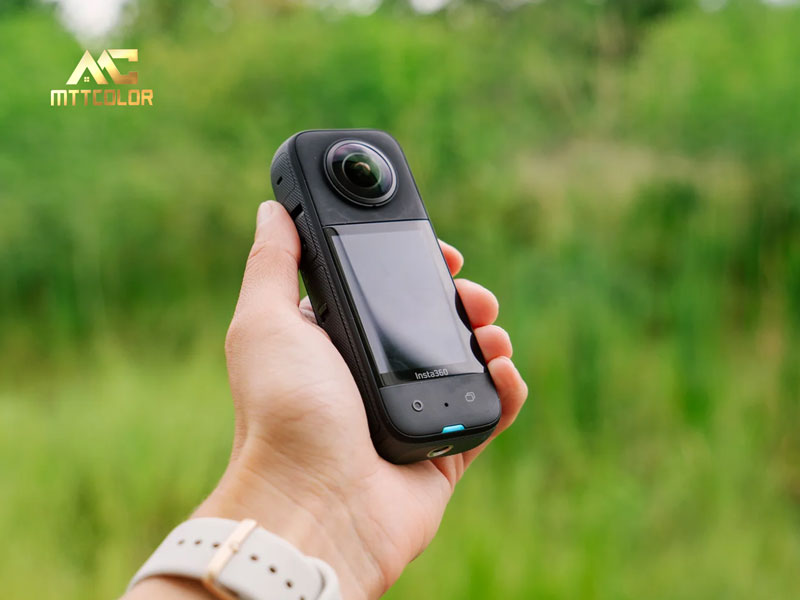
Battery Life
Virtual tour creation often involves extended shooting sessions. Entry-level 360 cameras typically offer 60-90 minutes of operation, while professional models might extend this to 2-3 hours.
Consider whether the camera uses removable batteries or built-in batteries. For full-day professional shoots, removable batteries provide significant advantages.
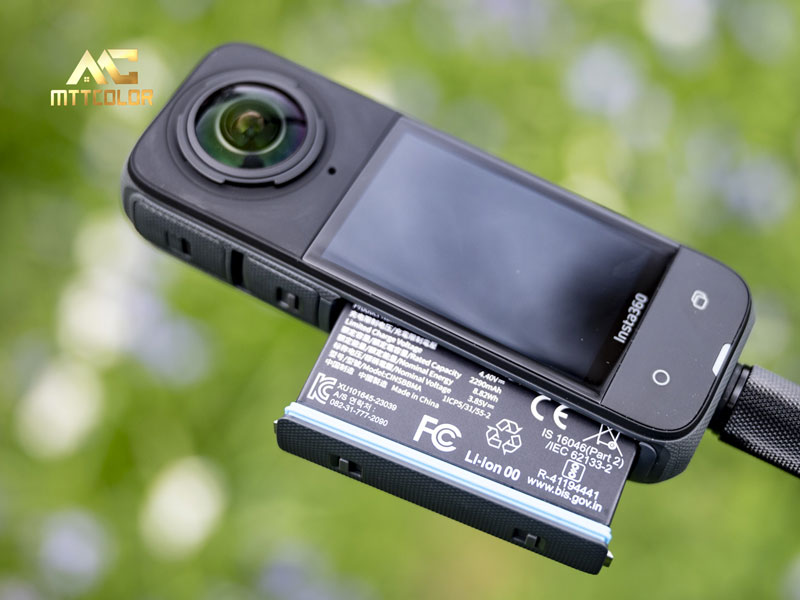
Compatibility
The best 360 camera for virtual tours should integrate smoothly with your existing workflow. Consider compatibility with your editing software, virtual tour platforms, mobile devices, and storage solutions.
Many cameras now offer direct integration with popular virtual tour platforms like Matterport, Kuula, or 3DVista, which can significantly streamline your process.
Top 360 Cameras for Virtual Tours
Insta360 X4
Key specifications:
- Resolution: 8K 360° video (7680×3840@30fps)
- Photo resolution: 72MP
- Battery: 135 minutes
- Price: Approximately $499
The Insta360 X4 offers excellent image quality in various lighting conditions, handling challenging interiors with mixed lighting remarkably well. Its intuitive companion app and powerful desktop software make it suitable for users at all skill levels.
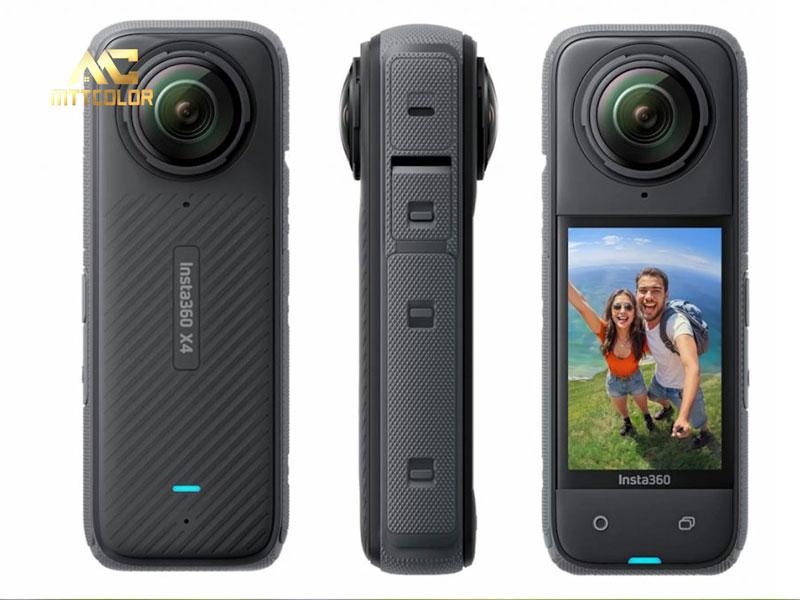
Ricoh Theta X
Key specifications:
- Resolution: 5.7K 360° video (5760×2880@30fps)
- Photo resolution: 60MP
- Battery: Removable, approximately 60 minutes
- Price: Approximately $799
The Theta X excels at producing natural-looking images with accurate colors and impressive dynamic range. Its standout feature is the built-in touchscreen that eliminates the need for smartphone pairing, making it exceptionally user-friendly even for camera novices.
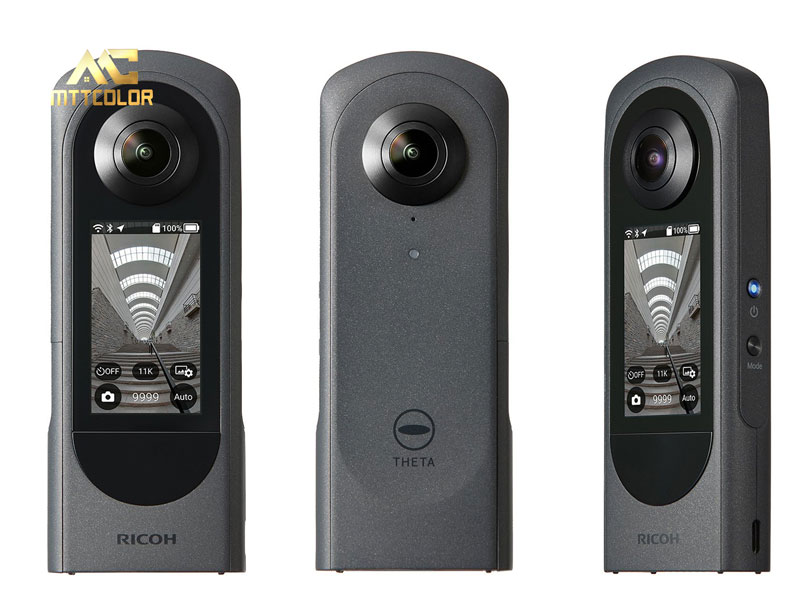
Insta360 ONE RS 1-inch 360 Edition
Key specifications:
- Resolution: 6K 360° video (6016×3008@30fps)
- Photo resolution: 21MP
- Sensor: Dual 1-inch CMOS
- Price: Approximately $799
This premium option shines in challenging lighting conditions. The large 1-inch sensors gather significantly more light than typical 360 camera sensors, resulting in cleaner images with better dynamic range — ideal for spaces with dramatic lighting contrasts.
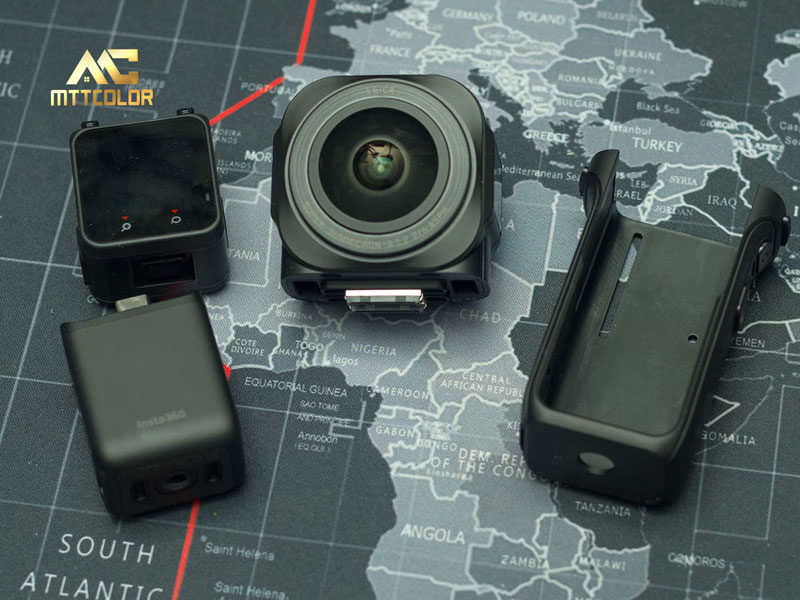
Kandao QooCam 3
Key specifications:
- Resolution: 8K 360° video (7680×3840@30fps)
- Photo resolution: 62MP
- Battery: 160 minutes
- Price: Approximately $419
The QooCam 3 delivers impressive capabilities at a more accessible price point. Its specialized SuperHDR mode is particularly useful for real estate applications, capturing interior and exterior views simultaneously without blown-out windows or murky shadows.
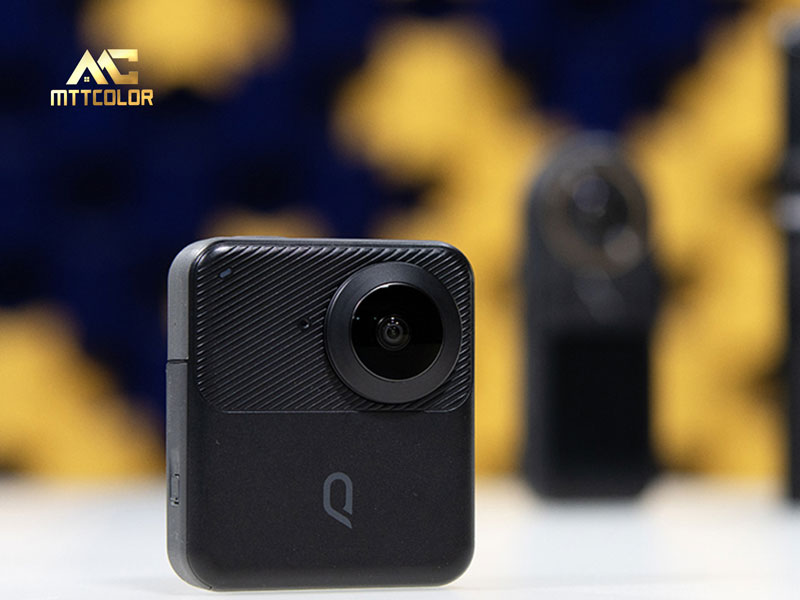
After capturing your spaces with these powerful 360 cameras, services like MTT COLOR can enhance your virtual tours with additional elements like Virtual Staging to showcase spaces with perfect furniture and décor.
Tips for Creating Stunning Virtual Tours
Optimal Lighting
Lighting is crucial for virtual tours. Unlike traditional photography, 360 cameras capture everything — including all lighting challenges.
Shoot during daytime using natural light supplemented by interior lighting. Open blinds and curtains, but be mindful of direct sunlight creating harsh contrasts. Turn on all interior lights, even during daytime shoots, for consistency.
Consider using portable LED panels to fill shadowy areas, positioning them outside the frame. For properties with spectacular views, golden hour shots can be particularly effective.
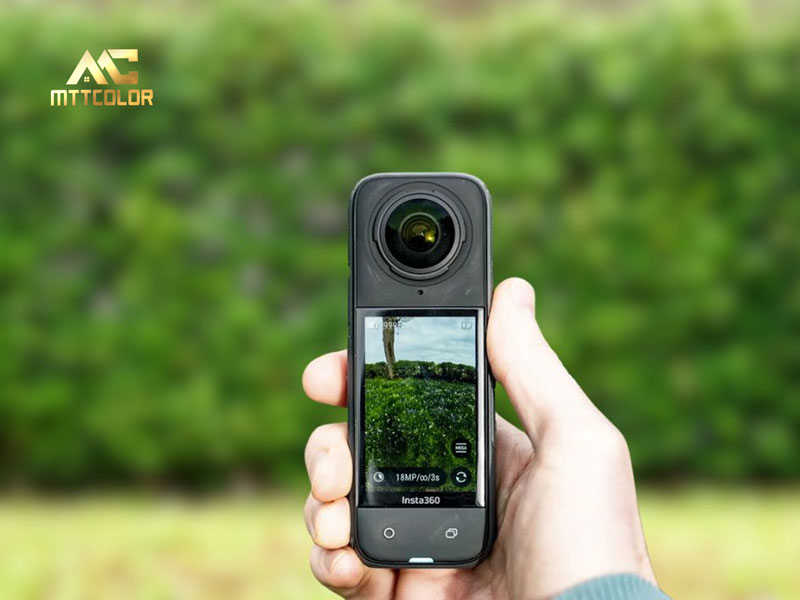
Stabilization Setup
Always use a sturdy tripod positioned at eye level (approximately 5’6″ to 5’8″) for interior shots, ensuring it’s perfectly level. For virtual tours, typically disable digital stabilization when the camera is on a tripod to avoid unwanted distortions.
Use consistent height and positioning between panoramas to create a natural flow as viewers navigate the tour.
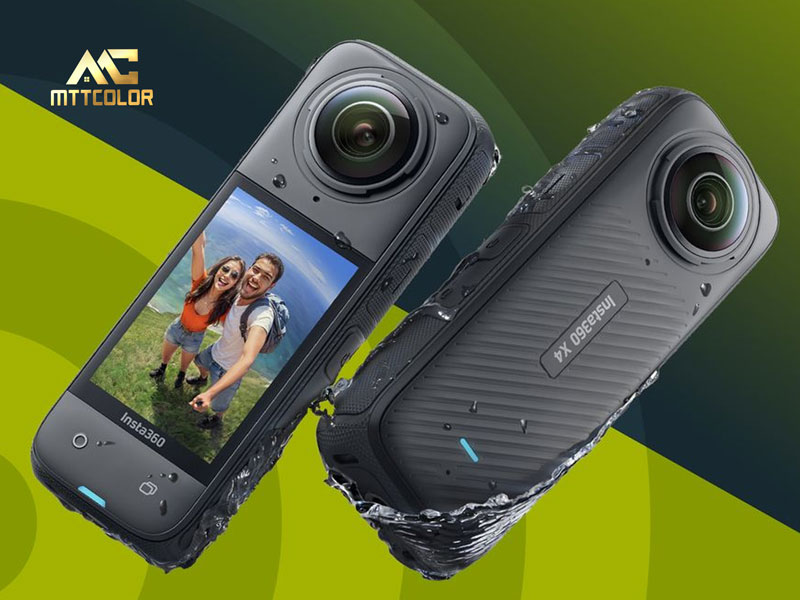
Post-Processing
Raw output from 360 cameras typically requires refinement. Focus on:
- Color correction for consistent colors throughout all panoramas
- Exposure balancing for windows and mixed lighting
- Contrast and clarity adjustments for architectural details
- Removal of the tripod from the bottom of the image
- Noise reduction in shadow areas
For professional results, specialists like MTT COLOR offer expert editing services that can elevate your virtual tours.

Interactive Elements
Transform basic panoramas into engaging experiences by adding:
- Hotspots linking multiple panoramas in logical sequence
- Information points highlighting key features
- Embedded videos demonstrating functionality
- Floor plans giving spatial context
- Audio narration guiding viewers
The most effective virtual tours guide viewers through a cohesive narrative rather than simply presenting disconnected panoramas.
Conclusion
The best 360 camera for virtual tours in 2025 can transform how businesses showcase spaces. From the value-packed Kandao QooCam 3 to the professional-grade Insta360 ONE RS 1-inch Edition, today’s market offers options for every budget and need.
When selecting your camera, prioritize image quality and features that align with your specific requirements. Remember that creating compelling virtual tours also requires attention to lighting, stabilization, post-processing, and interactive elements.
Ready to elevate your virtual tours? Consider partnering with specialists like MTT COLOR for professional post-processing that can transform your spaces into extraordinary virtual experiences.
FAQ
What is the difference between 360 cameras and traditional cameras for virtual tours?
360 cameras capture the entire environment simultaneously, creating immersive panoramas viewers can explore interactively. Traditional cameras capture a limited field of view, requiring multiple shots to cover a space. While traditional photography may offer higher resolution for specific details, 360 cameras provide a more immersive experience that better simulates actually being in the space.
Do I need special software to create virtual tours with a 360 camera?
Yes, you’ll need virtual tour software like Matterport, 3DVista, Kuula, or CloudPano to transform panoramas into navigable tours. These platforms allow you to connect multiple images, add interactive elements, and create professional experiences. Most 360 cameras also include companion apps for initial processing.
How much does a professional 360 camera for virtual tours cost?
Entry-level cameras suitable for basic virtual tours start around $300-500. Mid-range professional options cost $500-800. High-end systems with superior image quality range from $800-1,200. Your budget should align with your specific needs and the value virtual tours will bring to your business.
Can I use my smartphone to create virtual tours instead of buying a 360 camera?
While smartphones with panorama features can create 360-degree images, dedicated 360 cameras produce significantly better results for professional virtual tours. Smartphones typically create panoramas by stitching multiple standard images, often resulting in visible seams and distortions. For professional applications like real estate, a dedicated 360 camera delivers vastly superior quality and efficiency.
Related Posts
Tips & Trick for Real Estate Photography & Videography
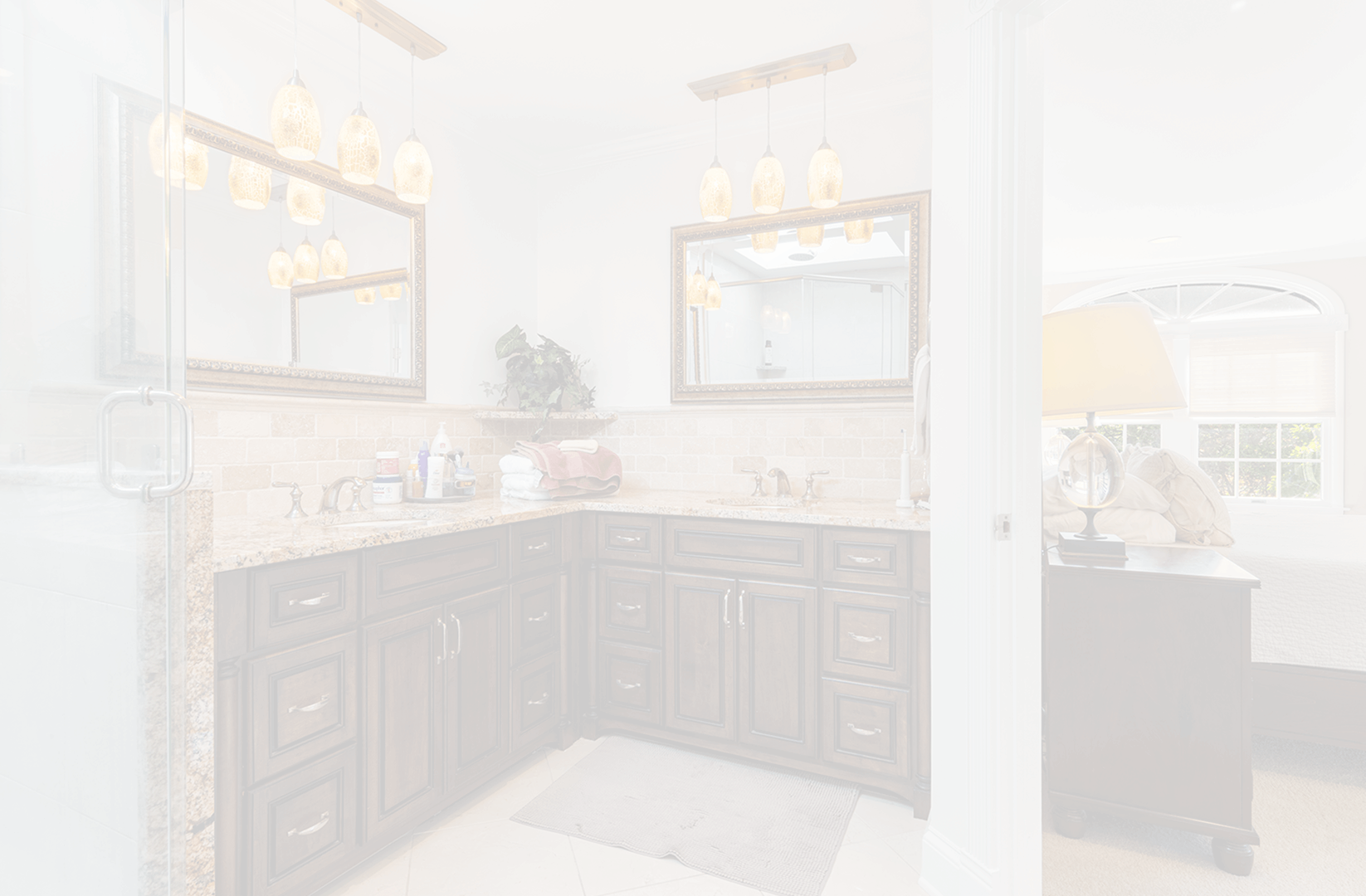
0
Images Processed Everyday
0
Happy Customer
0
Year Experience
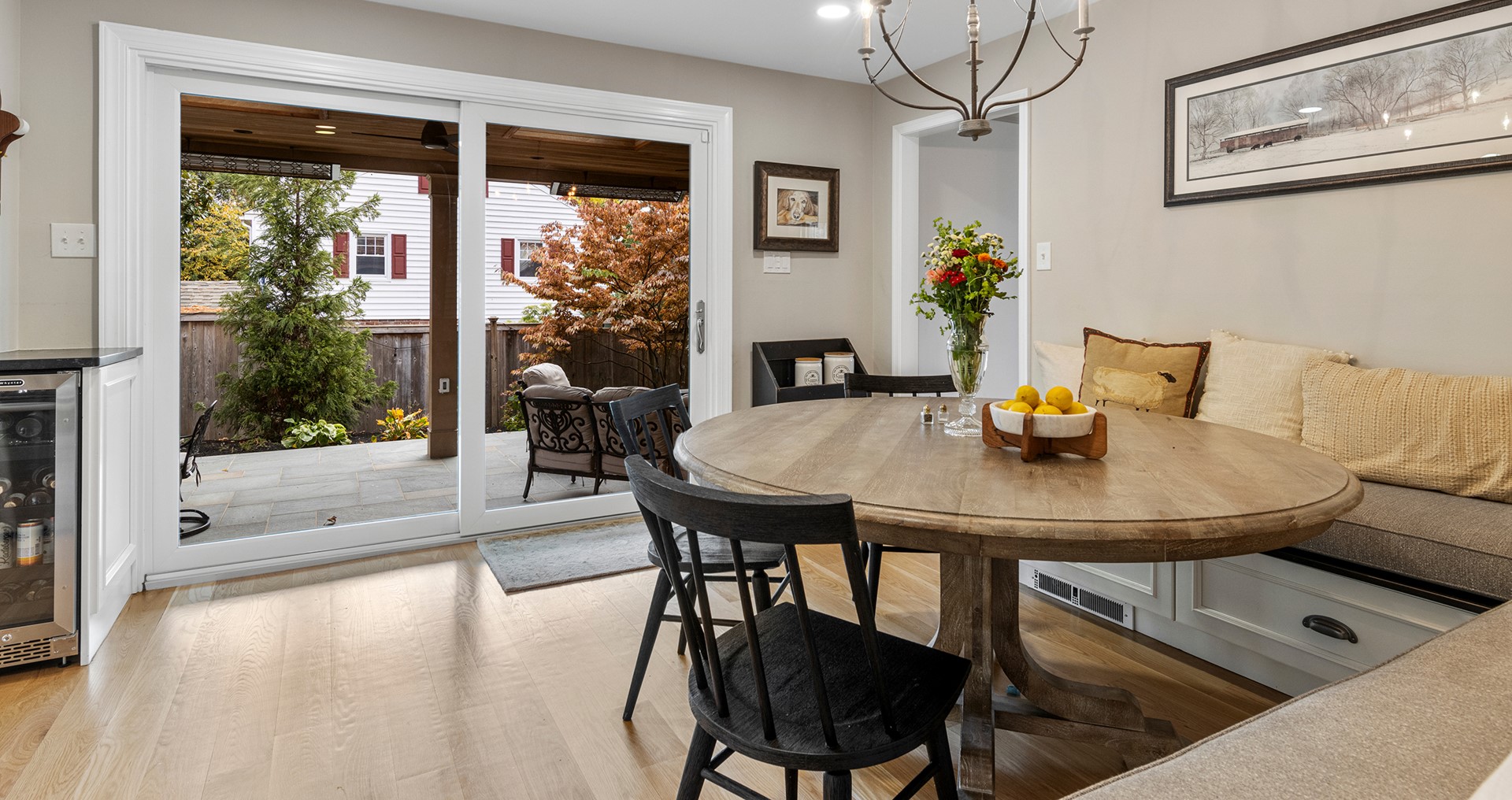
MTTCOLOR
is the leading real estate photo and video editing service, trusted by thousands of satisfied customers around the globe. With over 10 years of experience in both photo and video editing for real estate we specialize in helping clients buy, sell, or rent properties with stunning, professionally edited images and videos. Let us bring your dream home to life with our expert real estate editing services.
Frequently asked questions
How much do your services cost?
We cater to customers at various price points, ranging from around $0.50 per image to over $3 per image. We understand that you may have a specific budget in mind for outsourcing. That's why we're very flexible with pricing. Feel free to propose your numbers, and we'll do our best to accommodate. We're also open to discussing everything to ensure a smoother process.
Please note that in Vietnam, it is customary for the customer to cover PayPal fees (or any transaction fees), and we recommend doing so. On our end, we cover currency conversion fees, which are quite similar. Think of it like splitting the bill at a restaurant.
How can I send files?
Simply upload your images on Dropbox, Google Drive, or Wetransfer and send us the link in an email. To make things easier, you should specify the number of input files along with any special requirements.
How does the process work?
Before using our services, you can send us a test order of up to 10 images, and we’ll do it FREE of charge just to understand your style. After that, we can agree on the pricing and proceed from there.
Outsourcing post-production has never been easier:
Step 1: You can either fill out the test order form or send your input directly to our email via Dropbox, Google Drive, FTP, or Wetransfer. We’ll send you a confirmation email to let you know we’ve received your order.
Step 2: Your images/videos will go through thorough editing and quality checks.
Step 3: Receive your package and complete the payment transfer. You can also send us any revision requests if needed.
What are your working hours?
We work 24/7, always available to support you.
Can I request urgent orders?
Yes, with a large team of editors, we can prioritize and accommodate rush delivery if possible. Please give us a heads-up via email at mttcolor8@gmail.com at your earliest convenience so we can check the feasibility and timeline for these special orders.
